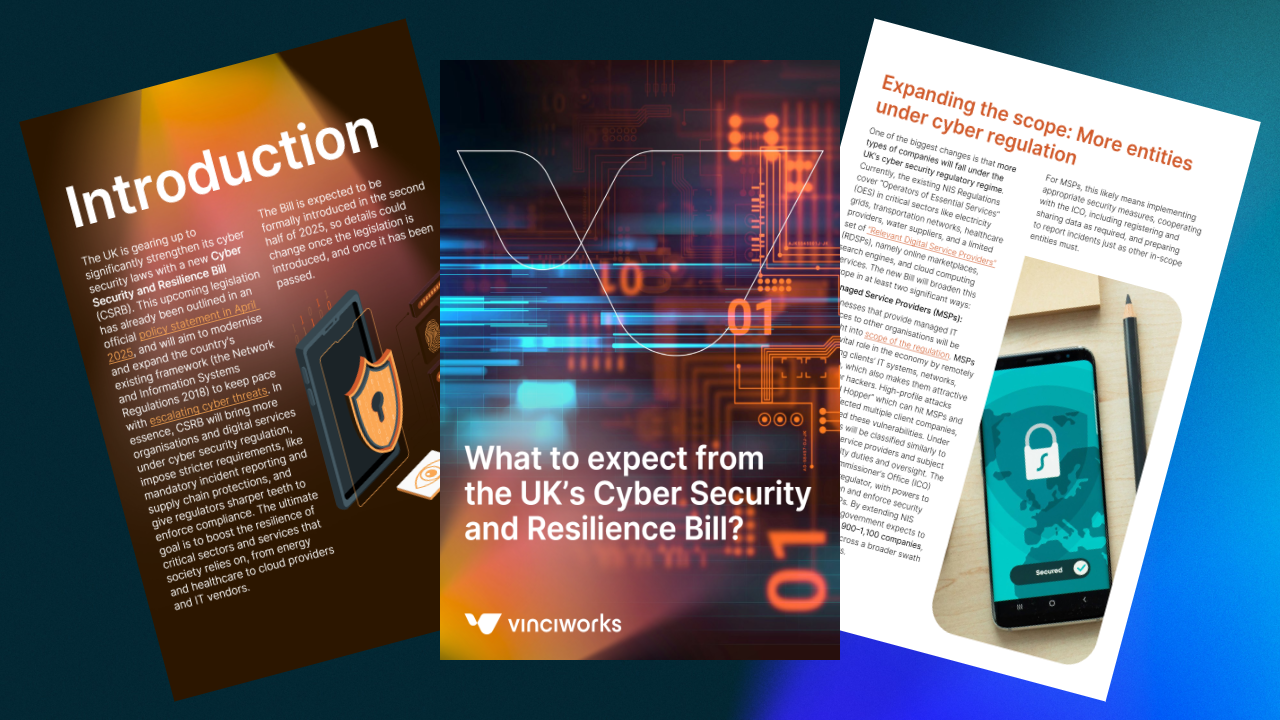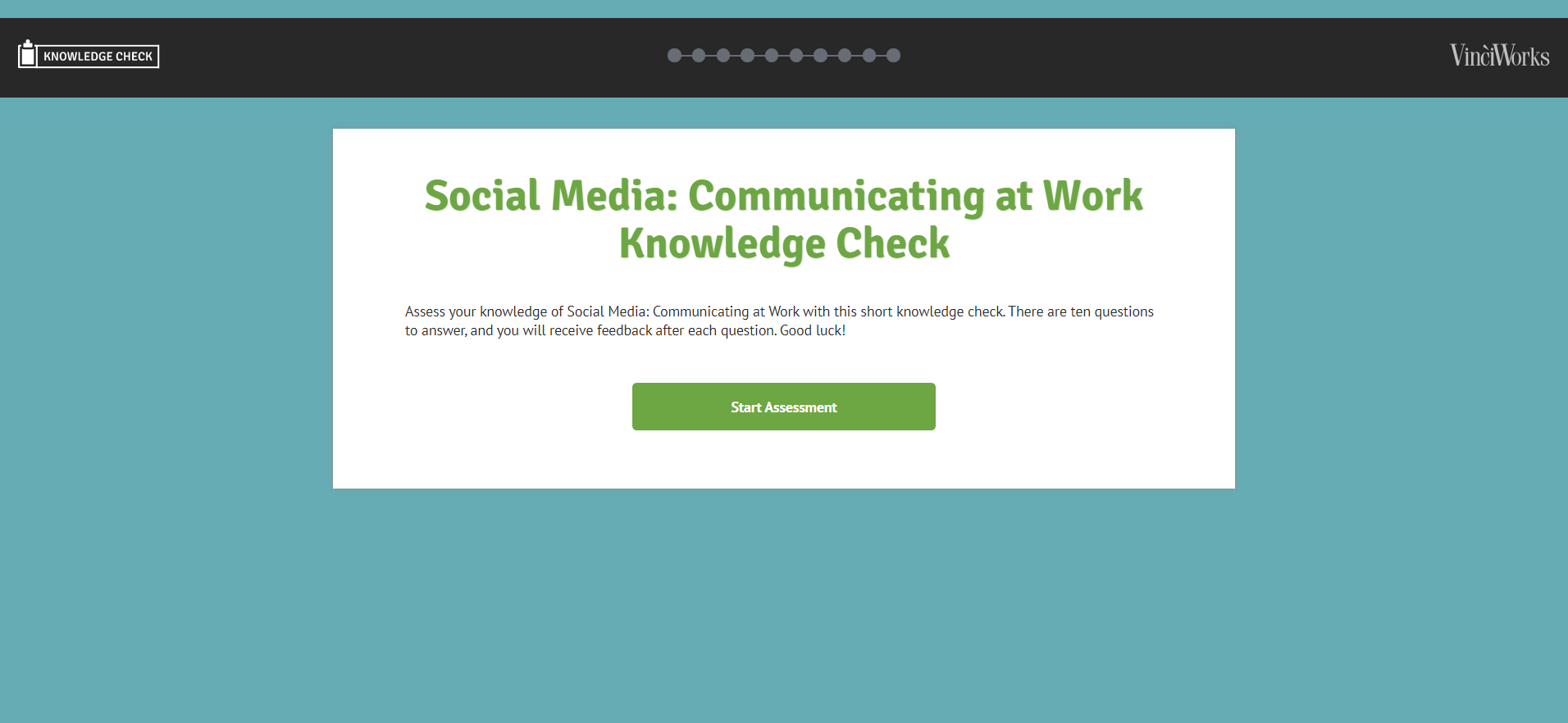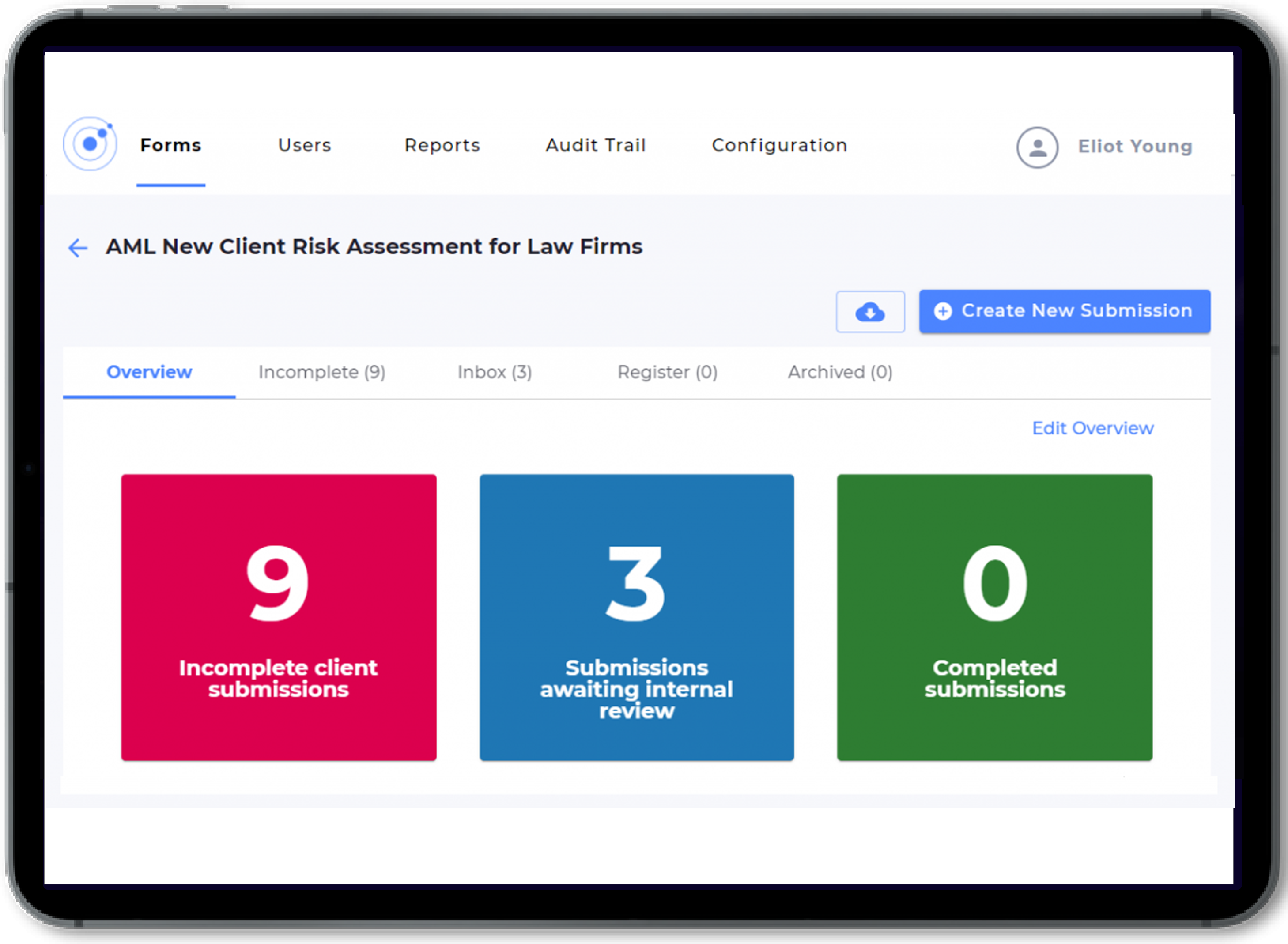What is bystander intervention training?
Bystander intervention training is an educational program designed to equip individuals with the knowledge and skills to safely and effectively intervene in situations where harm, harassment, or violence may occur. The training aims to empower bystanders to take action and prevent or diffuse potentially harmful situations. It typically focuses on developing skills such as recognising warning signs, assessing risks, and employing appropriate strategies to intervene, such as distraction, delegation, or direct intervention. Bystander intervention training is commonly used in the context of addressing issues like sexual assault, bullying, discrimination, or other forms of misconduct.
What is the difference between traditional diversity and harassment training and bystander intervention training?
Organisations have been trying to address sexual harassment and diversity and inclusion training for decades now, but the efforts have been largely unsuccessful. In recent years, the need for effective training has come to light again as a result of the widespread sexual misconduct allegations that inspired the #metoo movement, and a more diverse workforce than ever.
An organisation that embraces a culture of diversity, equality and inclusion has a better chance at sustainable success. But what’s the best way to create a work culture in which everyone, from the CEO to the managers to all employees, embraces diversity and promotes equality? What is the best way to effectively train on respectful engagement with others?
Experimentation and research (mainly conducted on university campuses and in the military) have shown that while traditional diversity, inclusion and harassment training is largely ineffective and can even aggravate existing problems, a different method, known as bystander-intervention training, is more effective.
Traditional training vs bystander-intervention training
Traditional diversity and harassment training focuses on forbidden behaviours and is typically mandatory. It often sends the message that the people undergoing the training are the problem and don’t know how to behave correctly. People that undergo such training are more likely to ridicule it and blame the victim. This type of training tends to lead to resistance as opposed to a desire and willingness to be part of the solution. Studies have shown traditional training to be utterly ineffective. While it may allow organisations to “tick the box” on diversity and harassment training, many workplaces are coming to the realisation that it does nothing to actually solve harassment problems or to help create a culture that embraces diversity and promotes equality, and in many cases, even makes the problems worse, which can eventually lead to both financial and reputational losses for organisations.
By contrast, bystander-intervention training sees trainees as partners working together to solve a problem and promote a culture of positivity and inclusion. The approach encourages people to be vigilant, active players in stopping inappropriate comments and behaviour. It allows people to see themselves as part of the solution, as opposed to part of the problem.
Still, it can feel uncomfortable and scary to intervene. Bystander-intervention training exposes training participants to a variety of different theoretical situations and helps equip them with a variety of ways that they can intervene so that in the moment, they can respond with the one that feels the most appropriate and comfortable to them at the time. Possible options include causing a distraction, calling out inappropriate comments or behaviour right when you see it, confronting the offender at a later time, when things have calmed down, and checking in with the victim to see if they’re ok and offering to help or indicate your willingness to back their story if they choose to report it.
This type of training has been shown to create less resistance, resulting in a much greater likelihood of people being willing and invested in being active participants in helping to stop problematic behaviour. And it sticks: Studies have shown that even months after training, trainees are still significantly more likely than those who have not undergone such training to intervene in real-life situations. Such training can go a long way in rooting out insulting behaviour and harassment and improving workplace culture.
Why is bystander training important?
Bystander-intervention training is essential to tackling harassment and other insensitive behaviours as it provides trainees the tools they need to recognise and know how to respond to harassment, bullying, abuse and other offensive behaviour. It empowers people to see themselves as an active part of the solution and increases the chances of them intervening when they see someone being treated incorrectly. Bystander training teaches people how to respond if they suspect another person at work is being harassed, bullied, or discriminated against.
Bystander training for managers
Bystander training for managers is an essential part of a successful bystander-intervention training program. Having leadership that is on board and setting an example will create an environment that will allow change to come much faster. The training includes giving managers the tools to spot early signs of problematic behaviour and teaches them how to quickly intervene and prevent the situation from intensifying. It focuses on thinking about what they might see other people doing wrong, as opposed to what they might be doing wrong. This type of training inspires the feeling that everyone is an equal player in stopping harassment and insulting behaviour and improving the work environment, and allows managers to see themselves as problem solvers and potential heroes.
Learning to intervene effectively
To be an active and effective bystander, people must have the correct problem solving tools and know how to get involved and take responsibility. They should also know how and who to report to when necessary. People are encouraged to play an active role in putting an end to harassment in their workplace.
But how does one become an effective bystander? After all, it’s much easier to stay quiet than to speak up in difficult situations. For bystander-intervention to work, trainees have to be exposed to many different and varied types of situations where insensitive behaviour might occur and have adequate opportunities to learn what the correct response would be in those situations. They then have the chance to test themselves to see whether they have learnt how to respond correctly and effectively.
VinciWorks’ new diversity course presents a fresh approach to diversity training
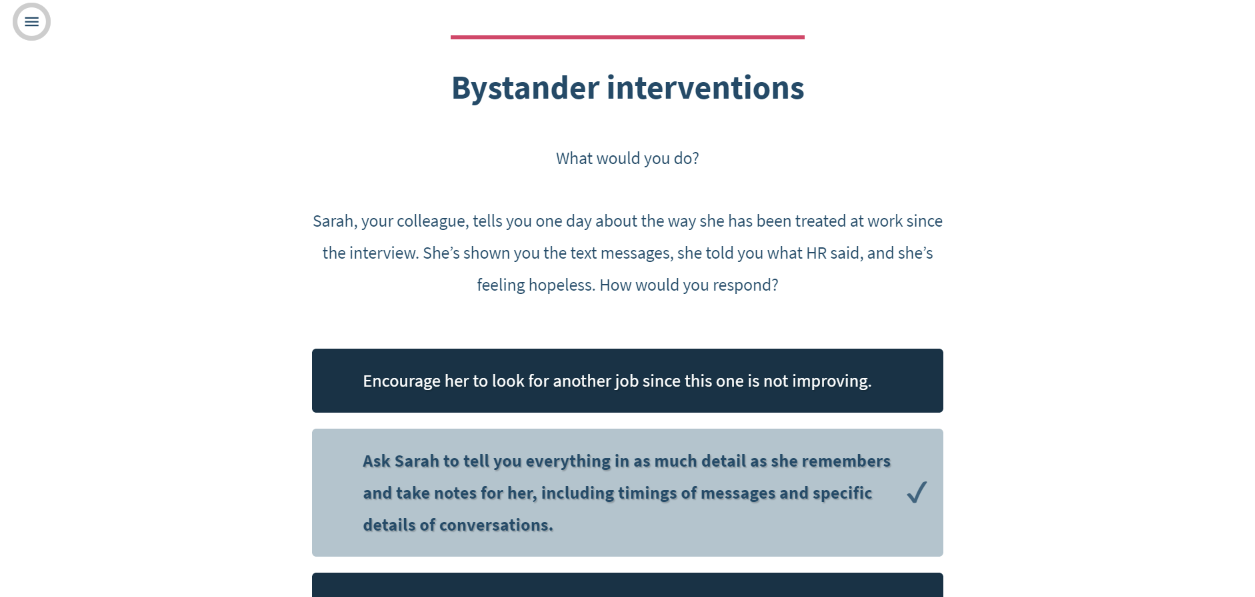
VinciWorks has released a new diversity course that trains users to become effective bystanders. It presents users with a series of hard-hitting stories of harassment, abuse and insensitive, insulting behaviour, including racism, homophobia, ageism, belief-based discrimination, and more. The stories are fictional but based on real, all too common events experienced by people in the workplace. With these first-hand accounts, users will be exposed to a wide range of scenarios in which problematic behaviour has occurred, this story-based format is more likely to stick and be remembered than dry rules and regulations. Users are then encouraged to think about what they would do in those situations and are presented with feedback that guides them on how to actively intervene as bystanders. They then have the opportunity to test their knowledge with scenario-based questions interspersed throughout the course, as well as a test section at the end.
VinciWorks’ workplace diversity questionnaire
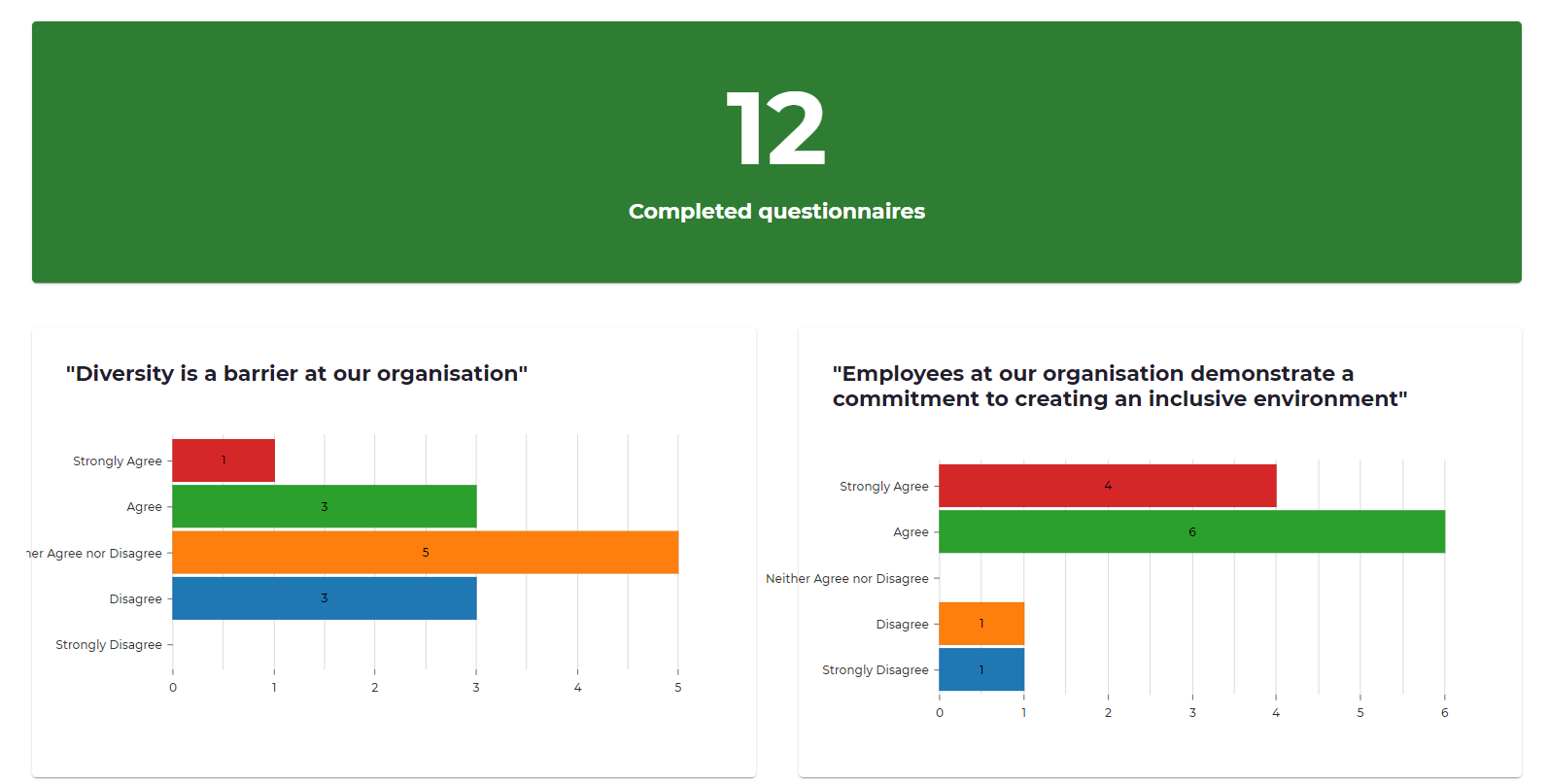
VinciWorks has built a centralised portal for analysing staff perception of diversity and inclusion in the workplace. Omnitrack’s customisable diversity at work questionnaire can easily be deployed to all staff. Charts can be created in seconds to help managers easily understand the organisation’s strengths in the area, as well as where improvements need to be made. The form is anonymous and is designed to measure your staff’s perception of diversity and inclusion in your workplace.







